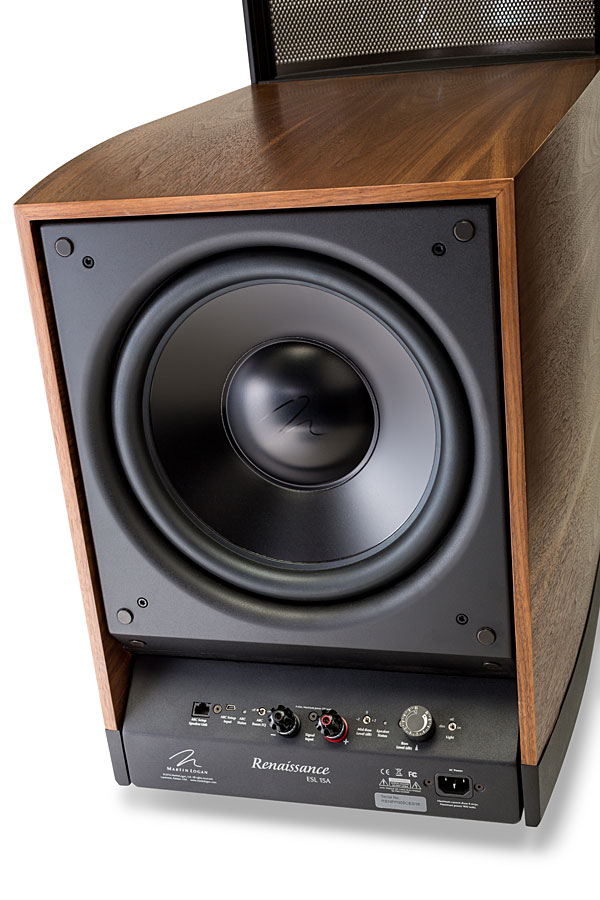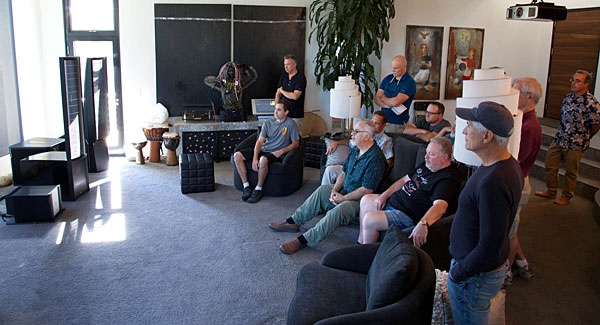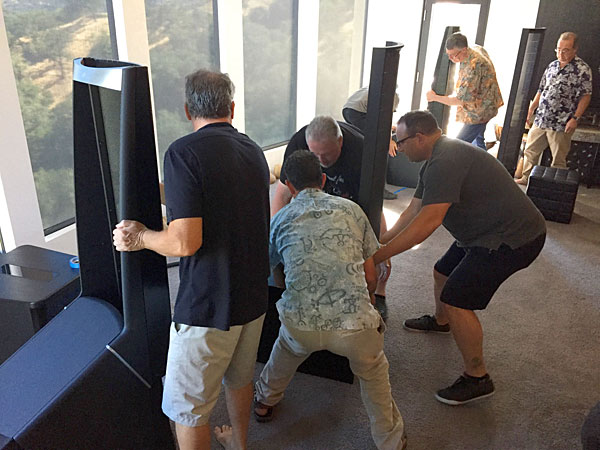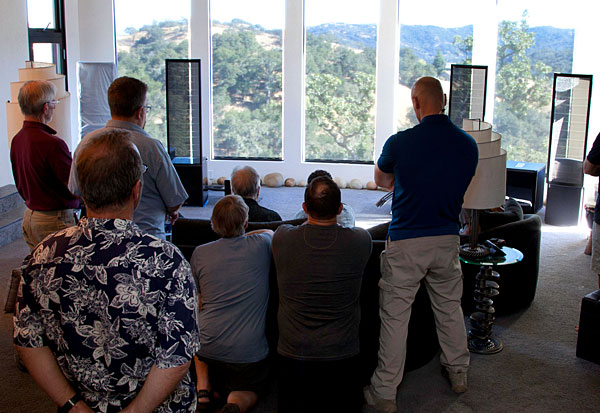| Columns Retired Columns & Blogs |
Absolutely gorgeous. I love that they sloped the woofer cabinet to the back, it reminds me of a Range Rover roof-line. It really is a nice touch to get away from a boxy look that dual opposed woofers demand.
I'm a bit jealous but thankful this line has arrived, as with current models on closeout I snatched up a pair of Montis at a very steep discount!
After seeing that in room frequency response I'm going to be very tempted put some EQ in my chain, and it looks like Dirac will have to be my weapon of choice since it can EQ from say 200hz on down and leave the mids and highs alone.
Are you keeping them John? After seeing that FR plot I don't think you're going to do better if you want ruler flat!!!
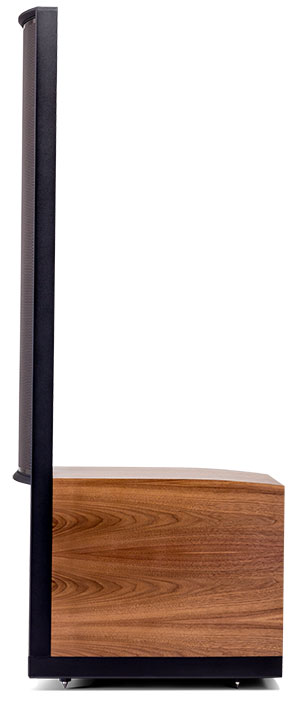 I calibrated Renaissance ESL 15As as a pair, and the process went smoothly. In fact, it was so easy that I did it again, just to see how consistent the results might be. The graphs matched almost perfectly. This done, you can export the results as a handy pdf showing the uncorrected, target, and corrected response curves below 500Hz for each or both speakers. But remember: ARC-2 has no effect on the response of the speakers' electrostatic panels.
I calibrated Renaissance ESL 15As as a pair, and the process went smoothly. In fact, it was so easy that I did it again, just to see how consistent the results might be. The graphs matched almost perfectly. This done, you can export the results as a handy pdf showing the uncorrected, target, and corrected response curves below 500Hz for each or both speakers. But remember: ARC-2 has no effect on the response of the speakers' electrostatic panels.
